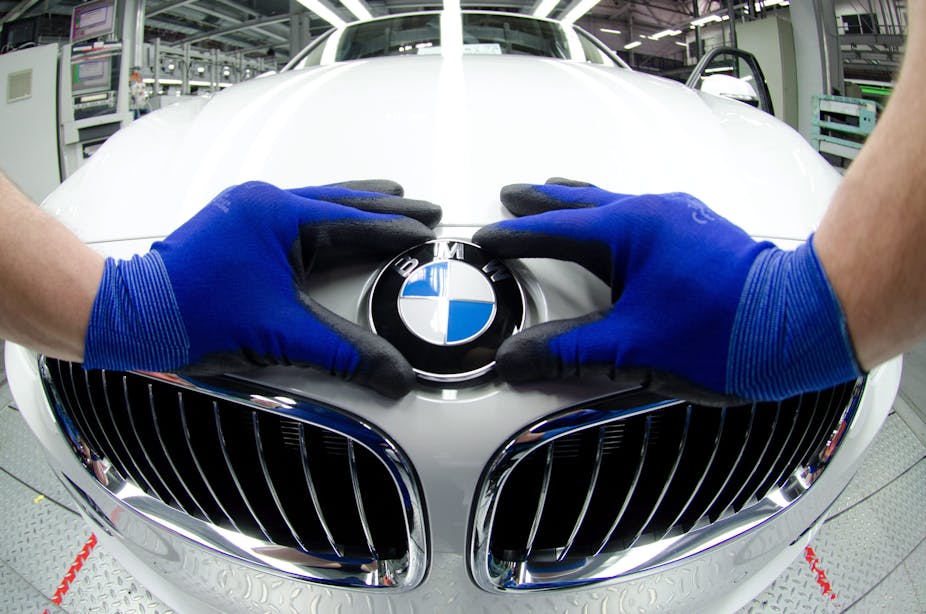The Australian Automotive Association (AAA) recently stepped up its campaign against Australia’s Luxury Car Tax, arguing it means Australians are paying more than their Japanese or UK counterparts for the same cars.
The AAA, which represents Australia’s motoring clubs, has blamed the 33% tax for higher car pricing. According to the Australian Financial Review, this affects tax payable on “every vehicle worth over A$61,884”.*
There is no denying that the luxury car tax must be removed or reformed as Australia cannot pursue a free trade agreement with Japan or Europe with such a tax in place. In effect, the LCT is a non-tariff to free trade - originally called a “thinly veiled protectionist measure” for the local car industry. But the AAA’s current analysis is misleading, and in some cases incorrect.
Removal of the LCT would cause a reduction in federal government revenue of around A$500 million per year, but the AAA is lobbying the government to remove it.
Part of AAA research is provided below. It compares car prices paid in Australia to the UK for select vehicles with rate of taxes payable further analysed.
New vehicle prices paid in Australia compared to the UK

The AAA shows the BMW 3 series 328i costs A$69,400 (including GST) in Australia, but is $14,013 cheaper in the UK (price of A$55,386.82). A similar report prepared by the FCAI shows the above UK car prices (for September and October 2014) as being higher than the prices provided by AAA for no apparent reason.
Fuel efficiency matters
The Australian Financial Review asserts* that the additional A$14,013 paid in Australia for the BMW is because the LCT of “33% will be added to the price tag of every vehicle worth over $61,884 sold this year”. However this is not the case for the BMW 3 series 328i or the Mercedes Benz A45 AMG, shown in the above table, because both vehicles qualify as fuel-efficient vehicles and are exempt from LCT. Vehicles over the above threshold, such as the Mercedes ML350 Blue Tec Diesel, will pay total taxes of A$18,324, which includes GST of A$8,391 and LCT of A$9,933, compared to the UK VAT of A$16,735.
The AAA fails to explain why Australian prices are competitive to UK car prices in the A$25,000+ price range, such as the Ford Focus shown in the table. This is because of Australia’s lower GST rate of 10% (A$2,027), compared to the UK’s higher VAT rate of 20% (A$5,007). Lower GST revenue is collected in Australia for lower priced vehicles. Higher priced vehicles attract LCT if the vehicle is not fuel efficient and if the price of the new vehicle is above the fuel efficient car limit of A$75,375. This provides some encouragement for the acquisition of fuel-efficient vehicles.
LCT is not totally responsible for the differences in the car prices between countries, where the differences in the new vehicles “List Price” (excluding all taxes) between the countries is attributable to prices set by vehicle manufacturers and not as a result of taxes. Moreover, the impact of the LCT on vehicle prices is marginal, given the higher UK VAT rates.
If the AAA or FCAI had extended their research to include the US and most member states in the EU, they would have found new car prices in Australia are considerably lower due to additional taxes such as the US Gas Guzzler Tax, or the reformed vehicle purchase taxes. These are differentiated on the basis of CO2 emissions, and have been introduced for the purpose of influencing car purchasing trends to fuel efficient vehicles. They support the international Global Fuel Economy Initiative that requires countries to improve fuel efficiency by at least 50% by 2050 relative to 2005 levels.
Tax reform to the LCT should also include GST and state government Stamp Duty. The AAA, FCAI and the Productivity Commission have not considered the international trends of reforming such taxes and charges on the basis of CO2 emissions, and increasing the country’s fleet of fuel-efficient vehicles.
* Since publication, this story has been amended to correct two paragraphs which incorrectly attributed comments to the AAA. The partial quotes should have been attributed to the Australian Financial Review and have been amended.

